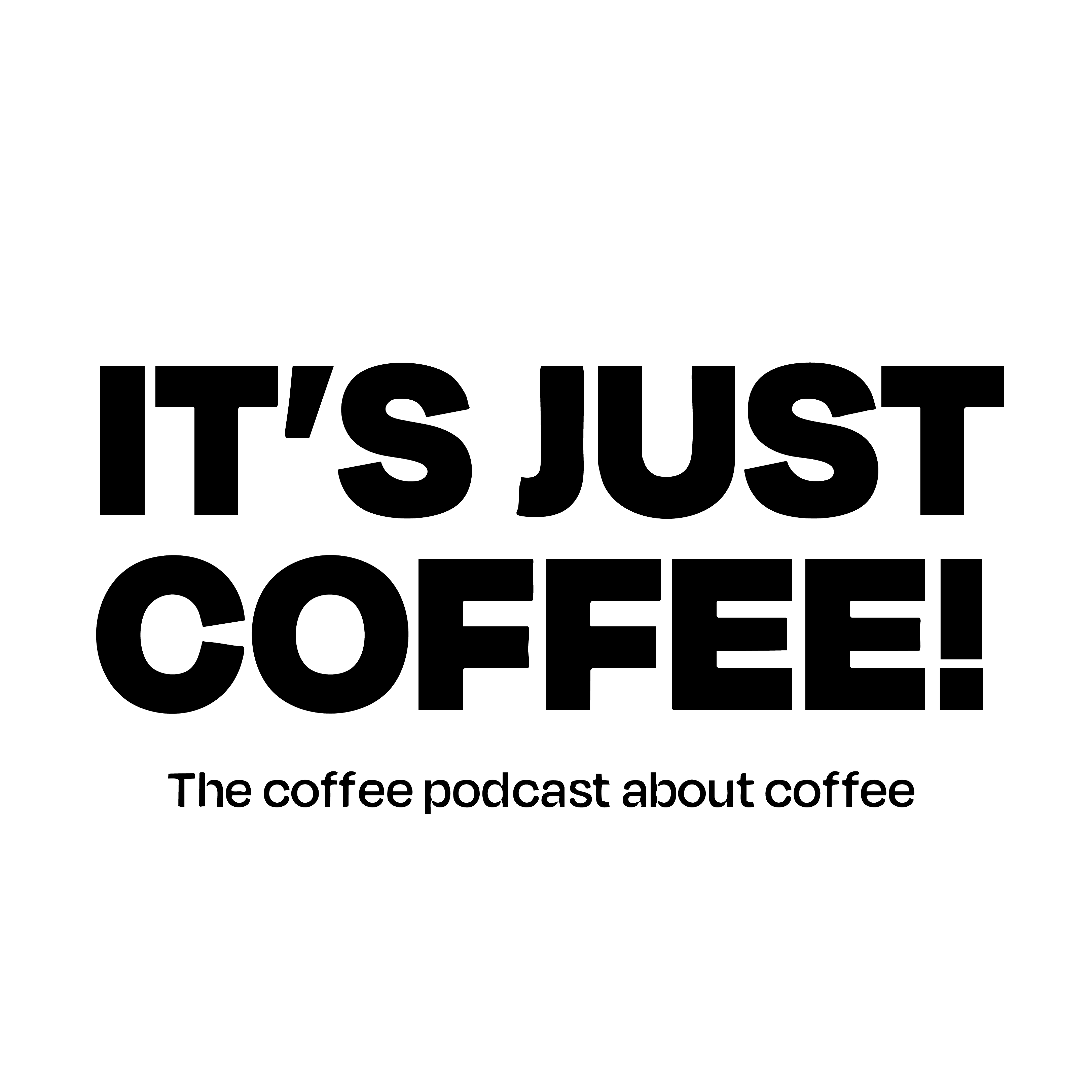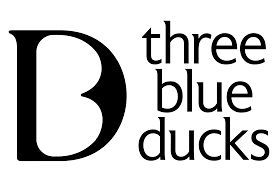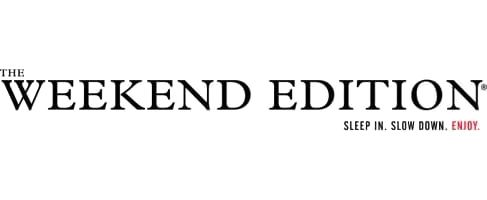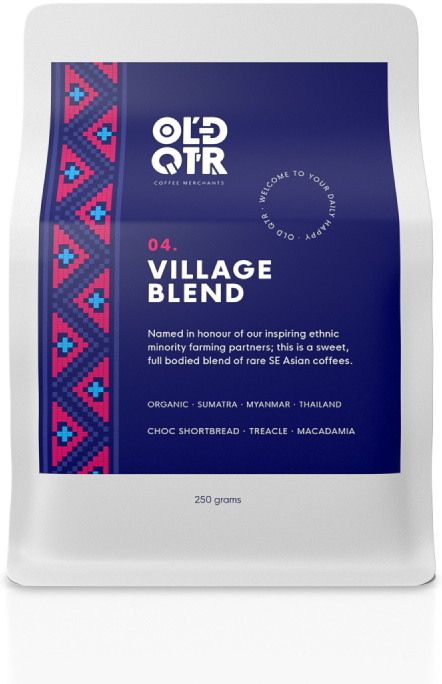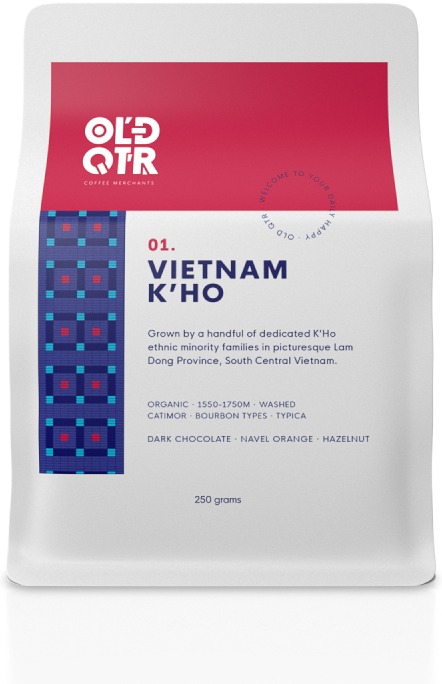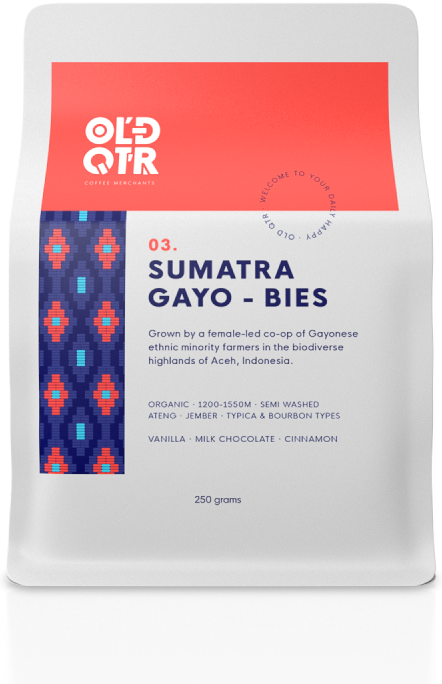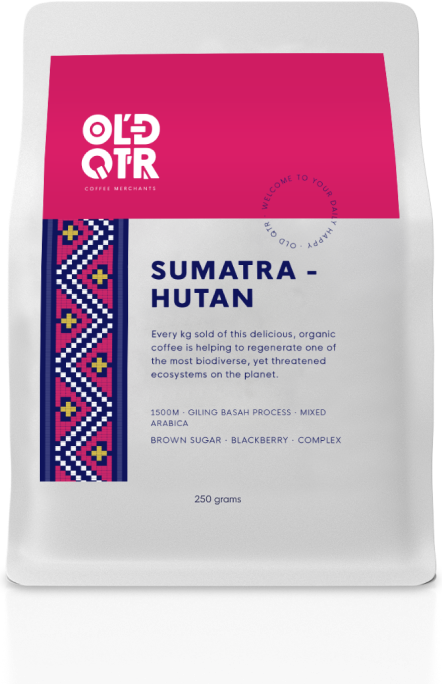How Fair is Fair Trade?
What's the difference between Fair Trade and Direct Trade? Read about why conscious consumers are supporting the direct trade coffee movement.
Here’s an explainer, plus some information about a better alternative.
Misconceptions About Fair Trade
Because many products, especially coffee, are sourced from developing countries, growers and workers need protection from exploitation. The Fair Trade movement was established to fight the mistreatment of disempowered people. However, sources such as choice.com.au outline the misconceptions consumers have about Fair Trade. For example:
- Fair Trade benefits growers in the long term: Not necessarily. Fair Trade has not yet proved to make a positive difference.- Fair Trade ensures growers get the best prices for their goods: Fair Trade can limit the market potential of growers because of the time and effort put towards compliance.
- Fair Trade is up to date and moves with the times: Fair Trade has changed very little since its inception.
- Fair Trade coffee is better quality: Fair Trade coffee doesn’t necessarily go through the same rigorous quality testing that other coffee does.
While the Fair Trade mission is admirable and definitely has its place in the world, the truth is it is not perfect. Fair Trade is a nod towards ethical trade but has yet to achieve it. At its worst, Fair Trade can just be ‘greenwashing’.
The Direct Trade Movement
The good news is that Fair Trade is not the only option. The Direct Trade movement gives buyers the opportunity to partner with growers in a more meaningful way. It generally works to ensure that growers in developing countries earn the money they deserve.

One of the issues with Fair Trade is that it guarantees a price from the seller but does not factor in profit. The price a buyer pays may not cover the cost it took to produce the beans, let alone enough to create a prosperous future.
With Direct Trade:
- Growers are paid actual market price- The whole trade process, from bean farm to coffee cup, is traceable and transparent
- Benefits to growers trickle through their communities
- Sustainable farming practices are encouraged
- Coffee is usually of a higher quality
Get to Know the Old Quarter's Optimism Exchange Program
Optimism Exchange is our Social Community Development program across Asia, aimed at creating positive impact. We work closely with our farming partners and their community to determine the project that will help with their vital needs. We commit to these projects and raise awareness with our coffee-loving Australian community to support initiatives to positively impact the lives of the people who grow our coffee and their entire community.

Good Coffee, Good Water
The Laos Good Drop coffee is from a village called Dak Cheung, in Sekong Province, southern Laos. The area around Dak Cheung is one of the most underdeveloped with the majority of people living as subsistence farmers. Coffee is the lifeblood of many communities and we are deeply honoured to be beginning our farmer relationships here.
Day to day our Laos farming partners don't have access to clean drinking water. The children in the village miss school to collect water and disease and infection from unsafe water is commonplace.
Make a difference with every cup
Join the Direct Trade movement. Support Old Quarter’s Laos Good Drop Optimism Exchange Campaign, and every cup of coffee you drink will make a direct difference to a farming community in this developing nation.
With the Laos Good Drop, you can help change the lives of our farming partners and their entire village, just by buying your coffee. Every kilo of coffee sold, we'll donate 10% to help build a much-needed water well for our farming partners and their community.
Now that's what we call a Good Drop!
Buy the Laos Good Drop coffee online where 10% of every kilo sold will be donated to build a water well OR purchase a Laos Good Drop Donation Card, where 100% of the proceeds will go towards the project.



